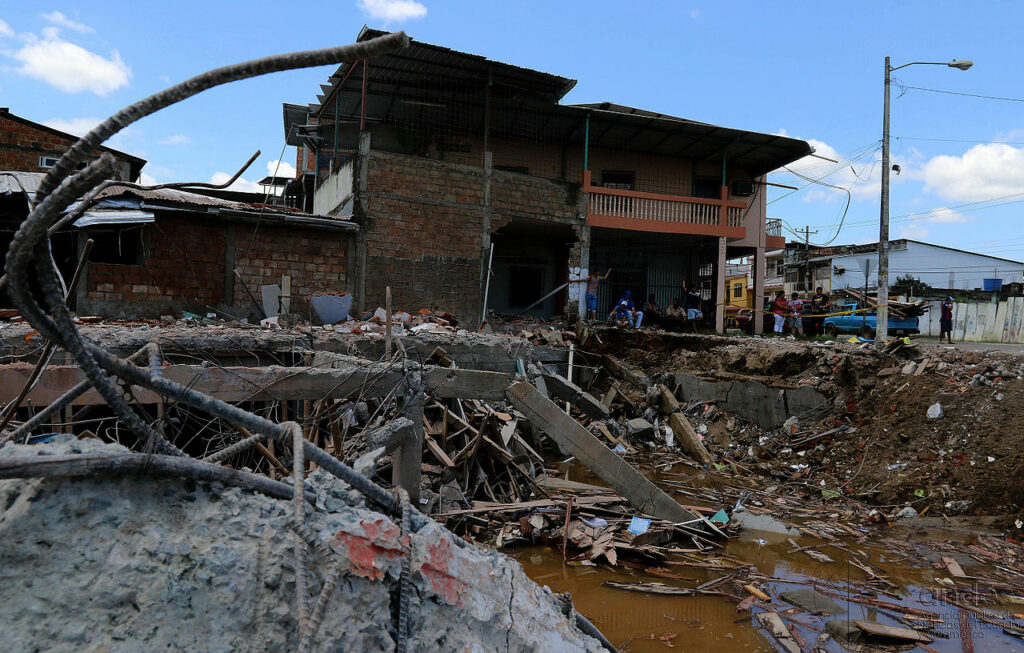
(Scypre.com) – A devastating 7.7 magnitude earthquake struck central Myanmar on March 28, 2025, resulting in a death toll exceeding 2,700 and over 4,500 injuries. The quake’s epicenter was near the Sagaing–Mandalay border region, causing widespread destruction in cities such as Mandalay, Naypyitaw, and Sagaing.
The earthquake occurred at 12:50 p.m. local time, followed by a 6.4 magnitude aftershock at 1:02 p.m. Multiple aftershocks have since been reported, disrupting ongoing rescue operations.
Rescue teams have been working tirelessly to locate survivors amidst the rubble. Notably, a woman was rescued in Naypyitaw 91 hours after being trapped, offering a rare moment of hope. However, hopes of finding more survivors are diminishing as time passes. The earthquake has exacerbated existing difficulties from the country’s ongoing civil war, complicating relief efforts.
The disaster has left many communities without electricity, water, or internet access. In Naypyitaw, government buildings, including the foreign ministry and the presidential palace, suffered severe damage. Residents have been forced to sleep on the streets due to the destruction of their homes.
The military junta has appealed for international aid to assist in relief efforts. The United States has pledged $2 million in aid, while China has also provided assistance. However, the junta has been urged to allow immediate, unfettered access to humanitarian aid for earthquake survivors and lift restrictions that impede the emergency response.
The earthquake has highlighted the need for improved disaster preparedness and response strategies in Myanmar. The destruction of critical infrastructure and the displacement of thousands underscore the importance of building resilience against natural disasters. As the monsoon season approaches, there is an urgent need for clean water, food, medical supplies, and shelter to prevent further suffering.
The 7.7 magnitude earthquake in Myanmar has resulted in a significant loss of life and widespread destruction. While rescue efforts continue, the focus is shifting towards providing aid to survivors and rebuilding affected communities. International support and cooperation will be crucial in addressing the immediate needs and long-term recovery of the nation.